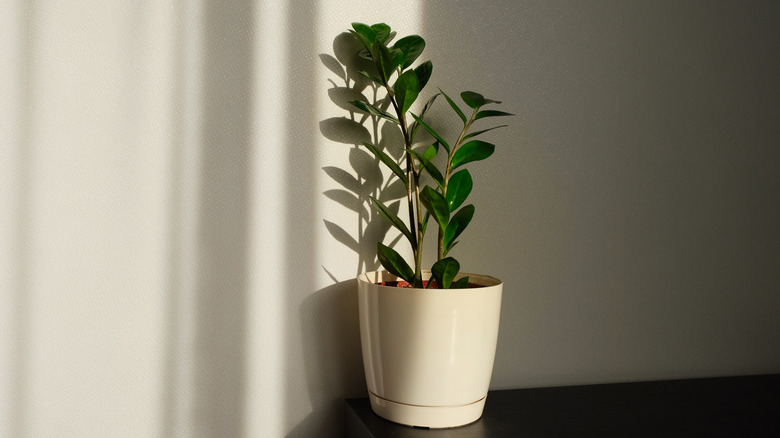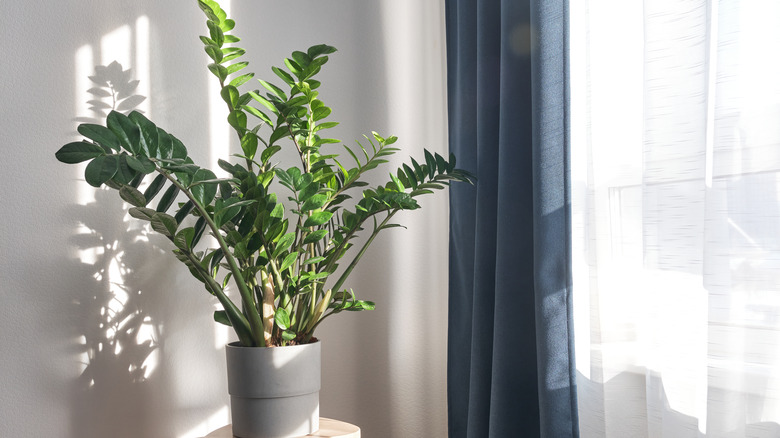The Biggest Mistake Most People Make With Their ZZ Plant
The ZZ plant, scientifically named Zamioculcas Zamiifolia, has a well-deserved reputation as one of the easiest houseplants to grow. Its robust and resilient nature allows it to thrive with minimal care, making it a perfect choice for gardening beginners or individuals with limited time for plant upkeep. This versatile variety can flourish in various indoor settings, complementing any residential or office environment. However, it is important to note that although ZZ plants can tolerate low light conditions, it is best not to deprive them of light completely, otherwise they may grow thin instead of thick foliage.
The slow-growing herbaceous perennial from East Africa can reach an impressive height of 3 feet indoors. However, it is crucial to avoid common light mistakes for optimal growth. ZZ plants thrive when they receive abundant natural light without intense exposure. This approach allows the plant to take advantage of the ambient lighting surrounding it, providing the necessary nutrients for its dark, glossy foliage. Additionally, it helps prevent any potential damage that may occur from excessive exposure to direct sunlight.
Optimal lighting conditions
Although it can prosper in various environments, caring for a ZZ plant is best done in medium to bright indirect light. It is advisable to position the plant approximately 3 feet away from a window, preferably one that's north, east, or west-facing, as south-facing windows can deliver excessive light that could harm the plant's health. In addition, using a sheer curtain can help protect the ZZ plant from sunburn and prevent the leaves from turning yellow. ZZ plants should receive at least six hours of indirect light daily but can tolerate up to 12 hours during the warmer months.
If you currently have a ZZ plant growing in a low-lit room, it's important to exercise caution before making any drastic changes to its environment. To avoid shocking the greenery, gradually introduce it to indirect light instead of making sudden adjustments. To do this, move it 1 foot closer to the window each week until it's 3 feet away. This slow transition allows the ZZ plant to acclimate to its new lighting conditions without experiencing any stress or damage. By giving the plant time to adapt, you can ensure its continued growth and health.

